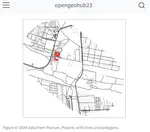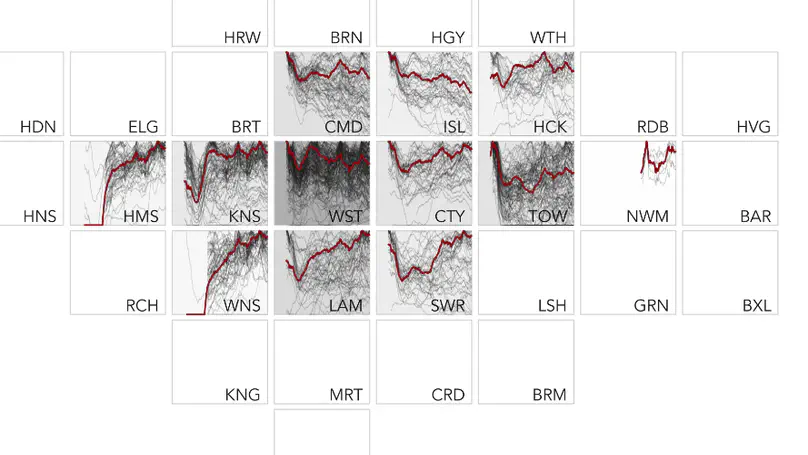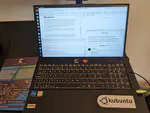About me
Hi, I’m Robin. Welcome to my personal website 🎉
Here I share my publications and previous/upcoming talks, with links aplenty to visual/audio/video content that you can read/listen/watch to in your own time 📖🎧📺 I share lots of code for data science and reproducible research, this could be a good place to find resources to get started and try out things if you’re interested in reproducing or building on some of the work that I’ve done (which in turn builds on the work of others as all research does). I also occasionally share blog posts and other things here. If you’d like to get in touch, see here 🚀
In my main academic job I’m a Professor of Transport Data Science at the University of Leeds. At Leeds, I’m based primarily at the Institute for Transport Studies where I research, develop and teach free, open, reproducible and internationally scalable techniques for working with data to support evidence-based policies.
I am author of papers and books on transport planning, energy, geographic data analysis and modelling. I lead the Transport Data Science module, which is available to students taking Data Science and Data Analytics and Data Science and Urban Analytics courses at the University of Leeds.
You can find me on various platforms, including Mastodon, Google Scholar, and GitHub.
- Geocomputation
- Transport modelling
- Reproducible geographic data analysis
- Mode shift, especially uptake of active modes
PhD in Transport and Energy, 2013
University of Sheffield
MSc in Environmental Science and Management, 2009
University of York
BSc in Environmental Geography, 2008
University of Bristol
Upcoming & Recent Talks
Recent Publications
Recent Posts
Skills
80%
90%
100%
Experience
Responsibilities include:
- Cycle uptake modelling
- Software development
- Deployment
Responsibilities include:
- Project Management
- Data analysis
- Modelling
Contact
Feel free to get in touch in using the form below. It may be worth considering contacting me in other ways, however, including:
- On GitHub, by commenting on an existing issue or discussion or creating a new one.
I put this one first not because I love the world’s premier code-sharing side (although I do ♥) but because I get a lot of software questions. For example: “I have got xx, data, can I get xx outputs using one of your tools?” It’s good to see these questions but often a most appropriate to ask in an open forum such as GitHub or StackOverflow, because:
- You’re likely to get a response quicker
- Other people can benefit from your answer (see here for a good example of how to ask a good question on GitHub)
- I prioritise well-asked questions, ideally with a reproducible example, over vague questions sent directly to me
- On Discord, a great place to ask questions about methods and technology. You can join the Geocompr Discord Server and ask questions here:
- In a comment below one of the pages on this website. See the bottom of this page for an example of this in relation to the Propensity to Cycle Tool (note: you need a GitHub account to add comments in this way, as you do to ask questions on GitHub)
- On social media where I can be found, hopefully with the aim of increasing the signal-to-noise and light-vs-heat ratios on such platforms
- Via my work email address which you can find online if it’s directly related to my work







